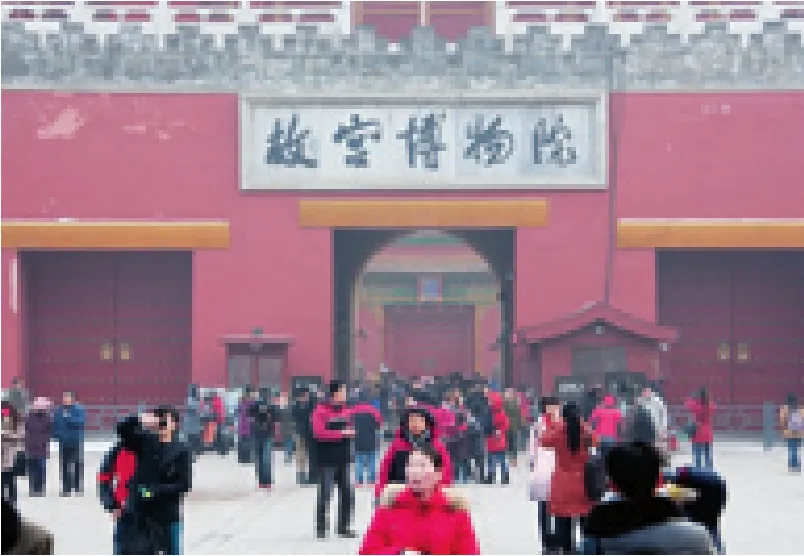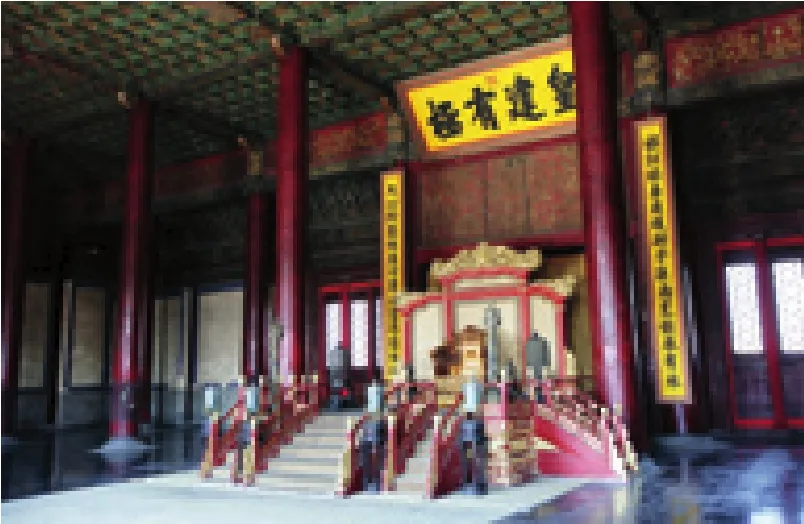National Treasure
2013-10-16ByBaiShi
By Bai Shi
The Palace Museum unveils a precious collection
National Treasure
By Bai Shi
The Palace Museum unveils a precious collection
To ensure public supervision plays a part in protecting its precious artifacts, the Palace Museum of Beijing released a catalogue on its website on January 1, publicly listing details of its collection for the first time in history.
According to an official statement, the list covers 18 categories including bronze, gold and silver ware, jade ware, enamel vessels,sculptures, and religious artifacts.
There are a total of 662,784 antique pieces in the first catalogue. The list contains brief information on precious and general cultural relics, as well as ceramic items. Information on the seven other categories is due to be released successively at a later date, the statement said.
From 2004 to 2010, the Palace Museum sorted through its numerous collections, aiming to update itsGeneral Collection Catalogue.This is the fifth time it has carried
out such a project.
According to official records, by 2010, the museum housed a total of 1,807,558 antiques in 25 categories while its huge storage facilities safeguarded 1,684,490 additional pieces of precious treasure, including 115,491 general relics and 7,577 ceramic items.
To assist in its catalogue efforts, the museum held many seminars and meetings in which experts corrected previous faulty information related to number, name and period.
First to open
As an institutional first, the catalogue will meet demands for academic research and increase public supervision of the museum’s work.
At a press meeting on July 6, 2012, Curator Shan Jixiang stressed that the museum would do its utmost to improve services and up supervision related to the compiling of theGeneral Collection Catalogue.
Shan was appointed curator in January 2012, following a series of scandals that hit the museum.
On May 8, 2011, Shi Bokui snuck into an exhibition chamber and stole several objects.Surprisingly, the thief cheated seemingly rigorous security systems before his arrest by Beijing police on May 11. The robbery aroused public suspicion regarding security at the Palace Museum.
At the time, Rui Chenggang, a well-known China Central Television reporter, wrote via the Internet that Jianfu Palace of the museum was rebuilt as a private club for entertaining rich members, shaming the cultural legacy of the museum. The club was subsequently closed down following exposure.
Furthermore, on July 30 the same year, an anonymous ceramic collector revealed on a microblog that a Ge Kiln (Song Dynasty, 960-1279) porcelain dish kept at the museum was seriously damaged by staff due to faulty testing procedures on July 4. With pressure from the public, the mistake was finally acknowledged on the July 31.
The spate of incidents lead to unprecedented criticism, aggravate public mistrust and calls for greater transparency.
For various reasons, the magnificent Palace Museum has been invaded by commercialization over the past decades with fast-food restaurants and stores occupying chambers while peddlers and shoddy exhibitions grace its grounds.
Shan vowed to strengthen the integrity of the museumand improve servicesas soon as he assumed his post.
The curator plans to restore historical architecture covering 13,000 square meters and remove all commercial operations by 2016. At that time, around two thirds of the museum will be open to the public.
According to the museum head, about 60 percent of China’s precious antiques are collected within the palace walls.
The Palace Museum was declared a UNESCO World Heritage site in 1987.


The Palace Museum

The Baohe Palace

Large vase with polychrome glazing, Qing Dynasty (1644-1911)

NIP & TUCK: A worker fixes decorations on one of the Palace Museum gates
